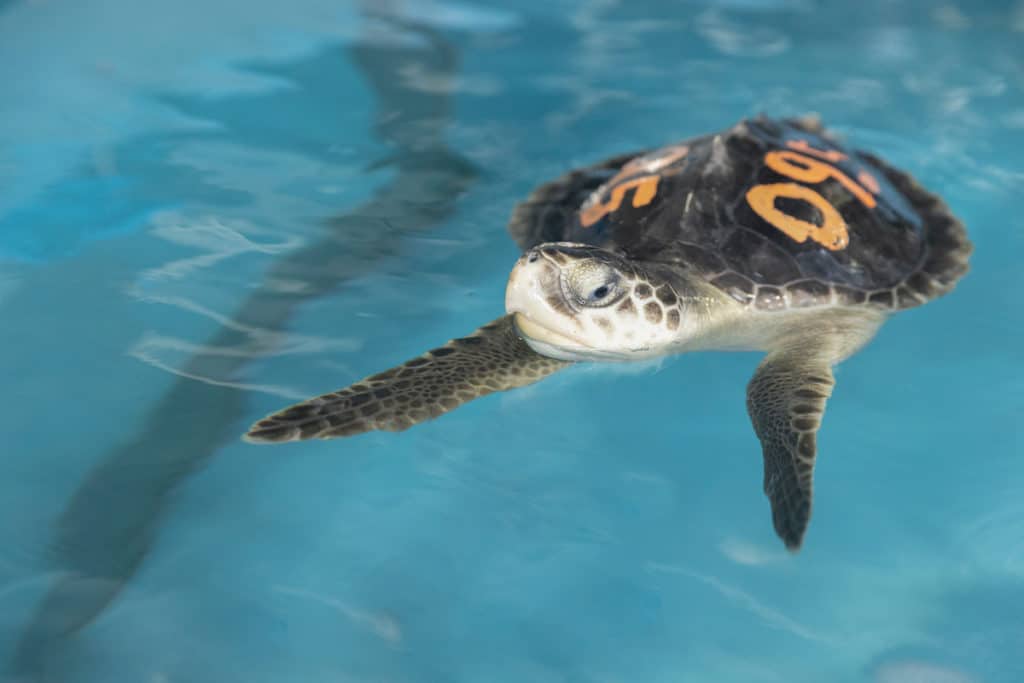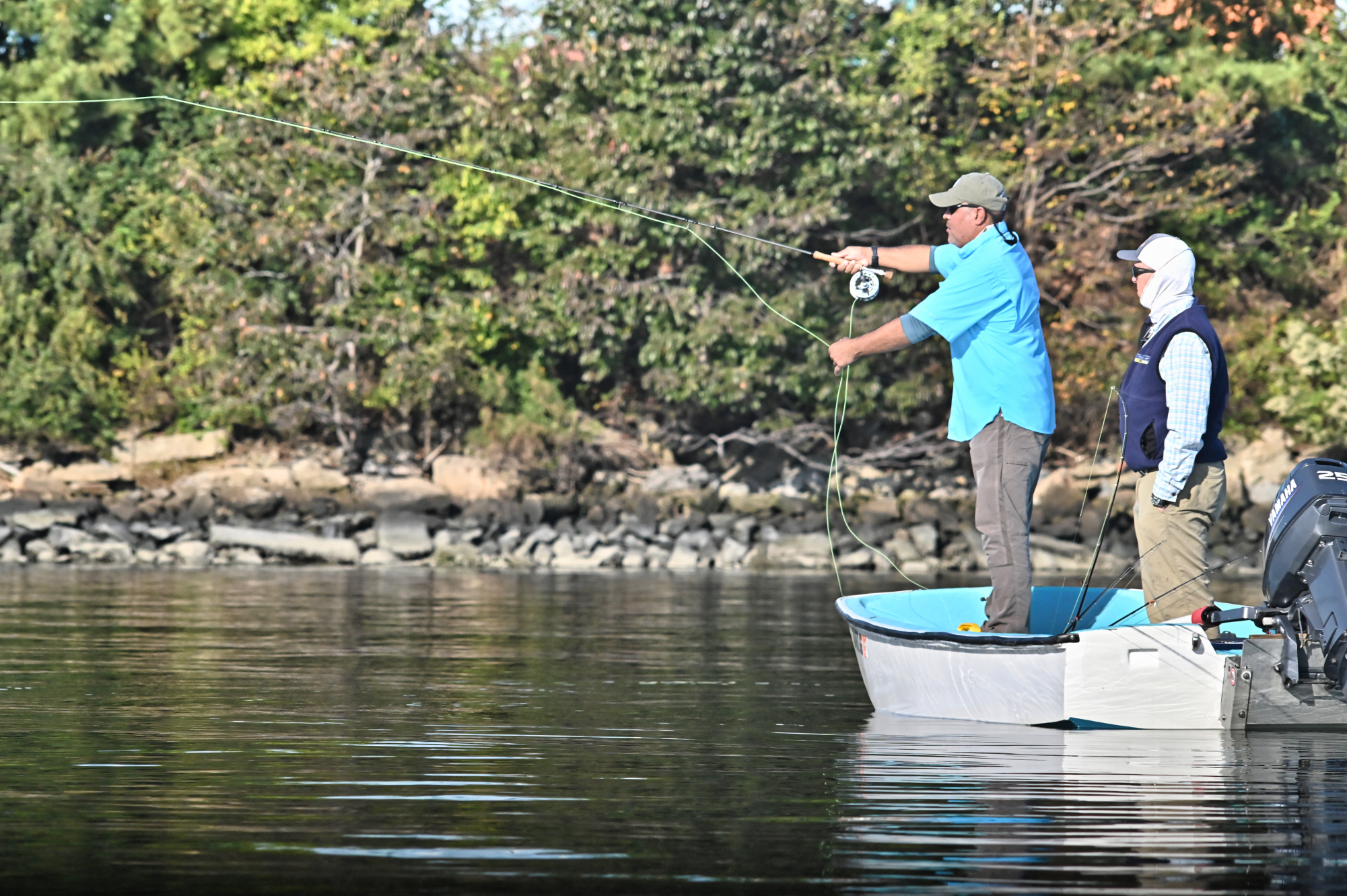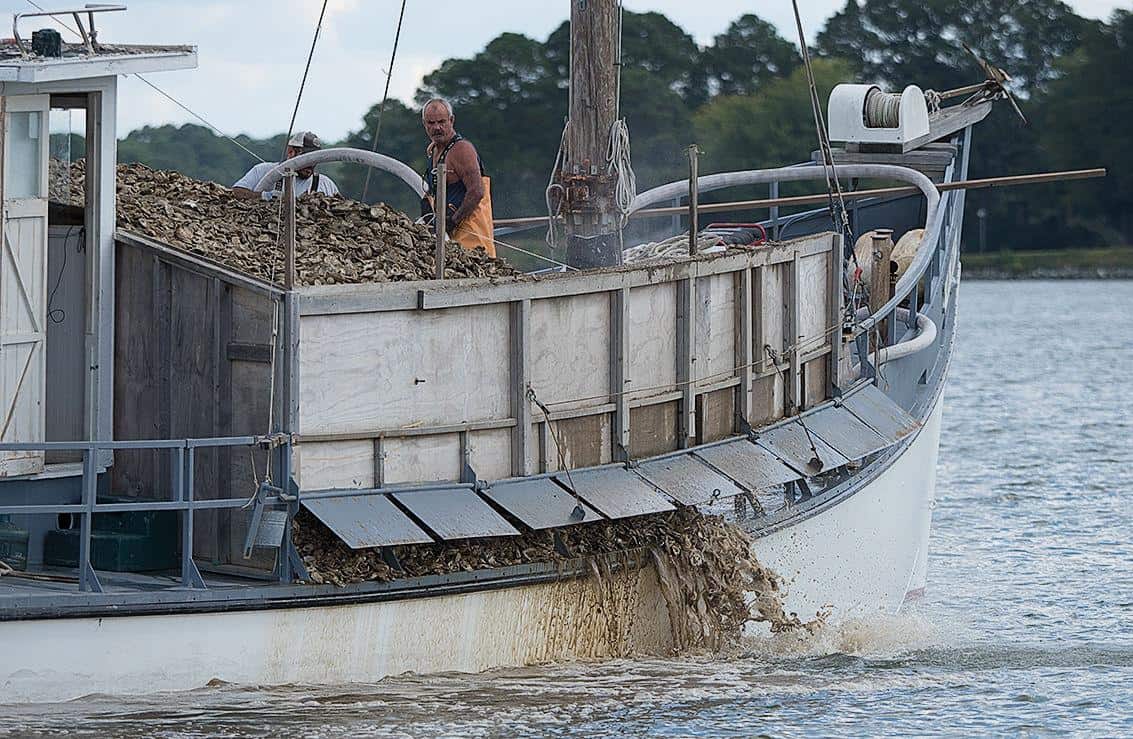The National Aquarium in Baltimore nurses an average 100 sea turtles to health every season in its high-tech Animal Rescue and Rehabilitation Center. The experts there say sea turtle strandings are a growing problem.
Now, the aquarium is calling on the federal government to better fund the organizations that save these turtles. On World Sea Turtle Day, the team took the opportunity to highlight the high cost of saving turtles. According to the aquarium, the average rehabilitation stay for a sea turtle is three to six months, at a total average annual cost of close to $600,000. And the Baltimore facility is just one of more than 50 organizations around the United States permitted to rehabilitate sea turtles.
While sea turtles are federally protected, the aquarium says there’s inadequate direct federal support for organizations to care for them. Of the seven species of sea turtles, every one is classified and threatened or critically endangered. More turtles are being stranded than ever before thanks to factors like climate change (cold-stunned cases are common) and human impacts like boat propeller strikes, commercial and recreational fishing gear, and marine debris.
The aquarium is currently caring for a Kemp’s ridley sea turtle nicknamed Pecorino, who was rescued with injuries consistent with a propeller strike and weighing just four pounds. 10 months later, he is up to nine pounds and the rehabilitation team is still monitoring his brain swelling with CT scans. Kemp’s ridleys are the most endangered sea turtle species, and the most common to be treated at the National Aquarium.
Jennifer Ditmar, director of Animal Rescue at the National Aquarium, explains that Kemp’s ridleys are cold-stunning in Massachusetts waters in large numbers because water temperatures in the Gulf of Maine have warmed significantly. That allows the sea turtles to travel further north to forage. When they return on their fall migration back south, many are funneled into and become trapped in Cape Cod Bay, where the water becomes too cold that time of year. Rescue organizations spend a combined $5 million a year on facilities and staff to save turtles, a cost that won’t be sustainable for long, the aquarium says.
U.S. Senator Chris Van Hollen joined the aquarium on World Sea Turtle Day in calling for more funding at the federal level. “I’m proud to lead my colleagues in urging Congress to provide funding support for institutions that are leading recovery efforts. This work plays a key role in sea turtle conservation and rehabilitation,” Sen. Van Hollen said.
To learn more or sign the aquarium’s pledge for federal financial support, click here.
–Meg Walburn Viviano




